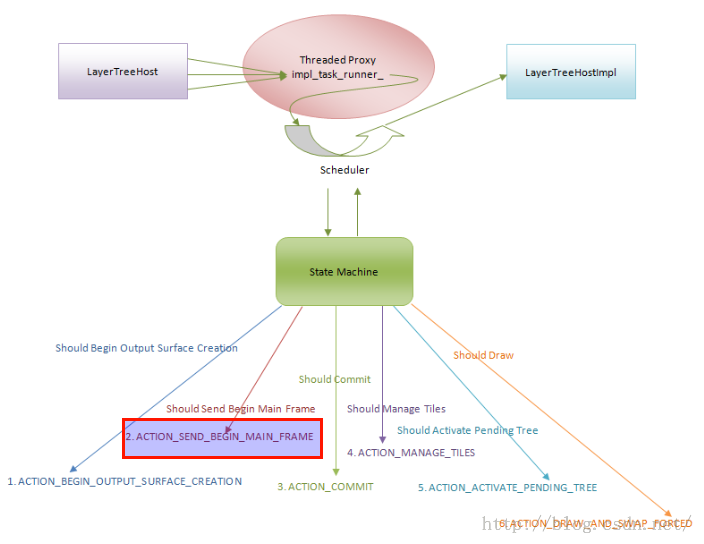編輯:關於Android編程
在Android中給我們提供了單次點擊事件。但並沒有給我們提供雙擊,或者實現在一定時間內的多次事件。所以需要我們自己在單機監聽上進行修改實現。
有如下兩種實現方式:
1、定義一個存貯上一個第一次點擊的變量,如果兩次時間間隔小於500毫秒,則認為是雙擊時間。
實現如下:
package com.andy.doubleclick;
import android.app.Activity;
import android.os.Bundle;
import android.os.SystemClock;
import android.view.View;
import android.widget.Toast;
/**
* @author Zhang,Tianyou
* @version 2014年12月02日 上午10:51:56
*/
public class MainActivity extends Activity {
@Override
protected void onCreate(Bundle savedInstanceState) {
super.onCreate(savedInstanceState);
setContentView(R.layout.activity_main);
}
private long startClickTime;
public void click(View view) {
long nextClickTime = SystemClock.uptimeMillis();
if (startClickTime <= 0) {
startClickTime = SystemClock.uptimeMillis();
return ;
}else {
if (nextClickTime - startClickTime < 500) {
Toast.makeText(this, "被雙擊了", Toast.LENGTH_SHORT).show();
startClickTime = 0L;
} else {
startClickTime = SystemClock.uptimeMillis();
}
}
}
}
2、使用Google提供的api中采用的算法。
能夠實現n次點擊事件,我們需要定義一個n長度的數組,每點擊一次將數組裡的內容按序號整體向左移動一格,然後給n-1出即數組的最後添加當前的時間,如果0個位置的時間大於當前時間減去500毫秒的話,那麼證明在500毫秒內點擊了n次。
實現如下:
package com.andy.doubleclick;
import android.app.Activity;
import android.os.Bundle;
import android.os.SystemClock;
import android.view.View;
import android.widget.Toast;
/**
* @author Zhang,Tianyou
* @version 2014年12月02日 上午10:51:56
*/
public class MainActivity extends Activity {
@Override
protected void onCreate(Bundle savedInstanceState) {
super.onCreate(savedInstanceState);
setContentView(R.layout.activity_main);
}
long[] mHits = new long[2];
public void click(View view){
//每點擊一次 實現左移一格數據
System.arraycopy(mHits, 1, mHits, 0, mHits.length - 1);
//給數組的最後賦當前時鐘值
mHits[mHits.length - 1] = SystemClock.uptimeMillis();
//當0出的值大於當前時間-500時 證明在500秒內點擊了2次
if(mHits[0] > SystemClock.uptimeMillis() - 500){
Toast.makeText(this, "被雙擊了", Toast.LENGTH_SHORT).show();
}
}
}
System.currentTimeMillis() 和 SystemClock.uptimeMillis()的區別:
在Api上是這麼說的:
System.currentTimeMillis() is the standard "wall" clock (time and date) expressing milliseconds since the epoch. The wall clock can be set by the user or the phone network (see
setCurrentTimeMillis), so the time may jump backwards or forwards unpredictably. This clock should only be used when correspondence with real-world dates and times is important, such as in a calendar or alarm clock
application. Interval or elapsed time measurements should use a different clock. If you are using System.currentTimeMillis(), consider listening to the
ACTION_TIME_TICK, ACTION_TIME_CHANGED and
ACTION_TIMEZONE_CHANGED Intent broadcasts to find out when the time changes.
SystemClock.uptimeMillis is counted in milliseconds since the system was booted. This clock stops when the system enters deep sleep (CPU off, display dark, device waiting for external input), but is not affected
by clock scaling, idle, or other power saving mechanisms. This is the basis for most interval timing such as
Thread.sleep(millls), Object.wait(millis), and
System.nanoTime(). This clock is guaranteed to be monotonic, and is suitable for interval timing when the interval does not span device sleep. Most methods that accept a timestamp value currently expect the
uptimeMillis clock.
SystemClock.elapsedRealtime and
elapsedRealtimeNanos return the time since the system was booted, and include deep sleep. This clock is guaranteed to be monotonic, and continues to tick even when the CPU is in power saving modes, so is the recommend basis
for general purpose interval timing.
SystemClock.elapsedRealtime : 從開機到現在的毫秒書(手機睡眠(sleep)的時間也包括在內)
System.currentTimeMillis() :從1970年1月1日 UTC到現在的毫秒數,是可以通過System.setCurrentTimeMillis修改的,那麼,在某些情況下,一但被修改,時間間隔就不准了。
SystemClock.uptimeMillis : 它表示的是手機從啟動到現在的運行時間,且不包括系統sleep(CPU關閉)的時間,很多系統的內部時間都是基於此,比如Thread.sleep(millls), Object.wait(millis),
and System.nanoTime()它表示的是手機從啟動到現在的運行時間,且不包括系統sleep(CPU關閉)的時間,很多系統的內部時間都是基於此,比如Thread.sleep(millls), Object.wait(millis),
and System.nanoTime()
 Chromium網頁Layer Tree繪制過程分析
Chromium網頁Layer Tree繪制過程分析
網頁繪圖表面創建完成之後,調度器就會請求繪制CC Layer Tree,這樣網頁在加載完成之後就能快速顯示出來。通過CC Layer Tree可以依次找到Graphics
 Android-支付寶快捷支付
Android-支付寶快捷支付
支付寶的快捷支付Android版業務流程比較麻煩,出現的意外情況比較多.在此,簡單說下開發流程以及出現錯誤的解決方案; 1.注冊支付業務.這裡不在贅述.建立數據安全傳輸所
 Android學習筆記之Menu的ShowAsAction屬性的設置
Android學習筆記之Menu的ShowAsAction屬性的設置
(1)在res--menu目錄下的main.xml文件
 DrySister看妹子應用(第一版)——3.圖片加載優化(寫個圖片緩存小框架)
DrySister看妹子應用(第一版)——3.圖片加載優化(寫個圖片緩存小框架)
1.一些BB上節我們把妹子圖片的數據來源從本地改成了解析Gank提供的接口數據,我們本節想對這個圖片加載類進行優化,比如加上顯示本地圖片的,另外還有一點就是緩存,我們現在